In the alien and isolated landscape of the Socotra Island, just off the coast of Yemen, biodiversity is in a struggle for survival
Declared an UNESCO world heritage site in July 2008, the Socotra Archipelago which is located in the northwest Indian Ocean is home to some of the rarest species in the world.
According to UNESCO data, 37% of Socotra’s 825 plant species, 90% of its reptile species and 95% of its land snail species do not occur anywhere else in the world.
Recent reports however, have raised concerns that climate change is adversely affecting Socotra’s indigenous flora and fauna which could disappear altogether if conservation isn’t made a top priority in the country.
Locals state that a reduction in mist and cloud cover over the last couple of years means that iconic plants such as the dragon’s blood tree are already on the decline.
The tiny chain of islands, near the Gulf of Aden, has been described as the most alien landscape in the world due to it’s truly unmatched species of flora and fauna. In fact, there literally isn’t anywhere like Socotra and if the endemic species it hosts aren’t protected they will be lost forever.
Does Yemen Have The Political Will to Deal With Conservation?
Socotra is particularly important for its diversity of plants and has 307 species which are endemic. The iconic dragon’s blood tree, which looks like an umbrella that’s about to turn inside out, is named after the red sap that oozes out of the tree’s bark when it’s cut and has made the island famous.
Al Jazeera recently reported that a team of Italian scientific experts are currently assessing the impact of climate change on the island’s biodiversity. However, concerns have been raised about Yemen’s willingness and/or ability to put conservation at the top of its agenda considering the political turmoil it finds itself in. Green Prophet has already reported on the government’s unwillingness to mitigate water shortages despite reports thatYemen’s capital, Sanaa, is predicted to be the first capital in the world to run out of economically viable water supplies by 2017.
As 2010- the UN declared year of biodiversity- comes to an end I can’t help but wonder what the future holds for the truly unique species of the Island of Socotra.
:: Al Jazeera
:: Image via Pablo Costa/Sotti
For more Green news from Yemen see:
Yemen’s Water Crisis Could Worsen Security
Eco Tourism in the Middle East: Yemen
Mud Structures in the Muslim World: Spectacular And Sustainable

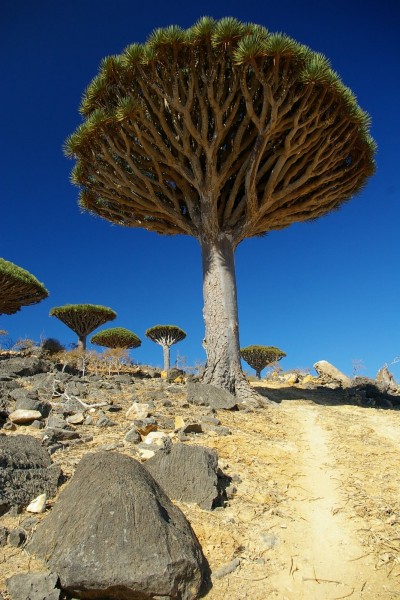
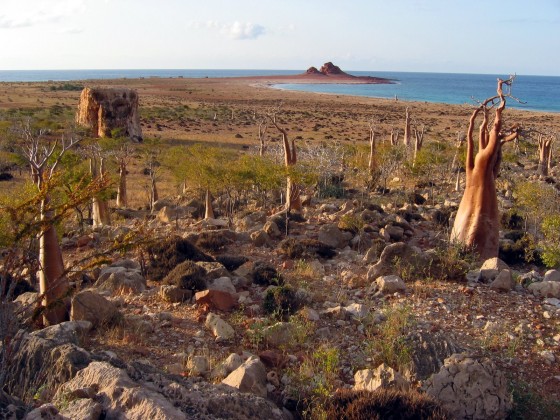
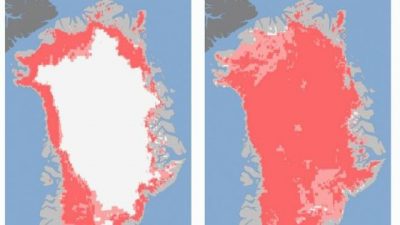
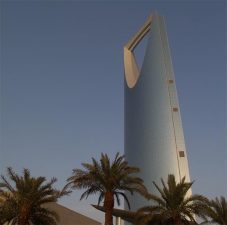
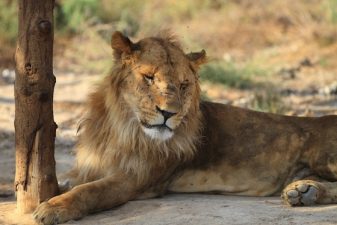
The threatened flora of both Socotra and Madagascar are what first got me thinking about how landscape practitioners in the urban Mideast could be creating refuges for these unique plants by specifying their use as a new horticultural “signature” which would make the most of their eco-fitness and their dramatic forms.
Why just replicate globalized landscaping palettes and patterns when a regional identity could be underscored while helping to save the flora? See more on the idea: http://bit.ly/dLzrWm
Wow… it really is magical!
This place looks magical and eerie. From a children’s fairytale…